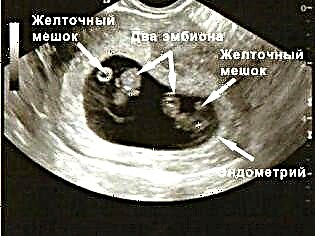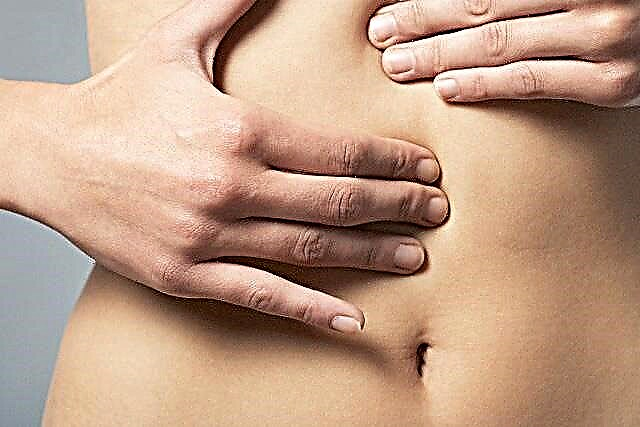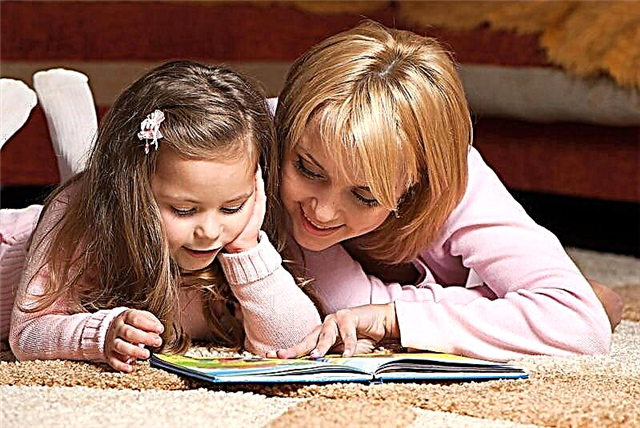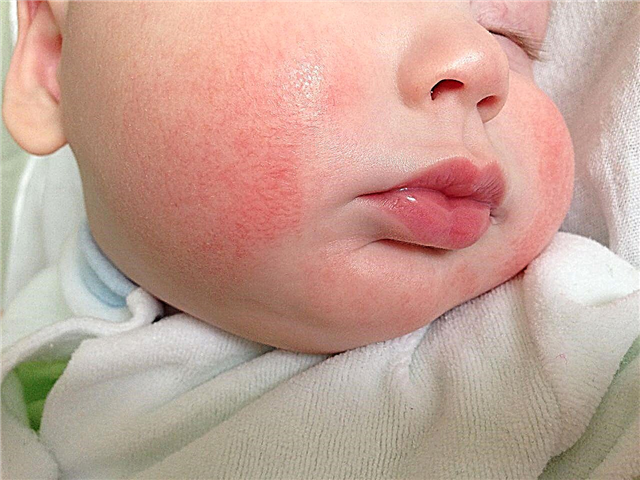
As soon as the egg cell meets the sperm, an intensive process of its modification begins. First, a zygote is formed, then a blastocyst, at the end of the embryonic stage, the fetal (fetal period) begins. The baby changes every day, and these metamorphoses require a huge amount of energy and nutrients. How and what the baby eats in the mother's womb at different stages of its development, we will tell in this material.

Features of food crumbs
Nutritional methods depend on the stage of development of the baby. At any stage, the child needs oxygen, essential minerals, vitamins, glucose, hormones. These substances provide metabolic processes, growth and division of cells in tissues and organs, growth of bone and muscle tissue. That's just the baby receives these substances at different stages of pregnancy in different ways.

In the first trimester
In 7-10 days after fertilization, the blastocyst, into which the egg has turned, reaches the uterine cavity and "penetrates" into the functional layer of the endometrium. At this stage, the embryo has a fairly small amount of calories, which are contained in the cytoplasmic fluid of the male and female germ cells. After implantation, the chorionic villi begin to gradually intertwine with the blood vessels of the endometrium of the uterus. This is how the birth of an important organ - the placenta - begins.
But while there is no “child's place”, the chorion performs its duties. The embryo has a separate "food store" - the yolk sac, which is formed from the endoblastic vesicle about two weeks after conception. Until the 6th week of pregnancy, this "storehouse" of nutrients is larger than the embryo and all other embryonic structures. By the end of the first trimester, the yolk sac is not necessary, since the placenta takes over the role of breadwinner.
The yolk sac produces proteins important for the growth and development of the baby. If the size of the sac is insufficient or it stops functioning before the placenta comes into play, the fetus may die. At this stage of development, the baby receives oxygen, essential vitamins and trace elements from the mother's blood through the chorionic villi.


In the second and third trimester
At 12-14 weeks of gestation, the young placenta begins to function instead of the chorion. It provides the baby with nutrition, protects him, produces a number of hormones that are important for the continuation of pregnancy, and also acts as a "sewer", removing the baby's waste products back into the mother's body.
This process is rather complicated. The vein is responsible for the supply of maternal blood saturated with oxygen, vitamins and minerals to the baby. Urea, carbon dioxide, creatine and creatinine are excreted through two arteries from the baby through the placenta. Metabolic products are utilized by maternal kidneys and liver.
In our usual understanding, the child does not eat at this time, he receives everything he needs immediately into the blood. But the fetus perfectly "trains" the digestive system - it swallows the amniotic fluid along with the nutrients it contains, as well as exfoliated epithelial cells, lanugo hairs. These "impurities" are not digested and are deposited in the intestines of the fetus in the form of dark green feces, which is called "meconium".
From the moment the swallowing reflex becomes established, the baby begins to write, his urine enters the amniotic waters back and participates in the process of their renewal. The composition of the waters is purified every 3.5 hours.


What from the mother's diet gets to the child?
The embryo in early pregnancy does not distinguish between tastes and does not have any gastronomic preferences. However, from the second trimester, the baby begins to "understand" what his mother eats. "Echoes" of tastes are present in the amniotic fluid, which the baby so diligently swallows. As the taste buds develop, the baby begins to distinguish sweet from bitter, sour from salty. Naturally, already at this age, children prefer sweets. That is why after a piece of chocolate eaten by my mother, the movements of the fetus become more active.
If a woman eats too much sweets, the load on the breakdown of glucose will fall not only on her own pancreas, but also on her child's pancreas - it will also be difficult for him to cope with the abundance of sugar. Not only the weight of the pregnant woman herself, but also the lipid metabolism of her baby depends on the abundance of fatty foods.

The placenta, which is a reliable barrier, absorbs salts as much as possible, some of the toxic substances, without letting them through to the child. But its possibilities are not limitless, a "child's place" with improper nutrition of a woman and her excessive use of drugs, alcohol will quickly age and lose some of its functions, which can lead to the fact that the child will receive from the mother's body substances that are not the most useful for him.
A woman's diet should be balanced, rich in vitamins, "slow carbohydrates", proteins, fats and fructose. Potassium, calcium, magnesium, iron must be present. If something is missing in a woman's diet, it will affect the child, but not immediately. Nature arranged it so that the baby for a long time can "compensate" for the missing substances, taking them from the mother's body.
So, if the amount of calcium consumed by the mother with food is insufficient, the child will "take away" this substance from the parent, as a result, her teeth, hair, nails will become brittle, brittle, and her legs will cramp at night, caused by a violation of phosphorus and calcium metabolism.

With a lack of iron, the expectant mother may develop anemia, as a result, the baby will not receive enough oxygen in the blood and will begin to suffer from hypoxia - a condition that poses a great danger to its development and even life.
The statement that a pregnant woman should eat for two is wrong, from the point of view of medicine, it is even dangerous. The child receives from the mother's blood as much as he needs, more of the same vitamin C or vitamin E, he simply is not able to assimilate. But large amounts of food contribute to a pathological weight gain in a pregnant woman, in a baby, which is fraught with problems in childbirth, late toxicosis (gestosis) with all the ensuing consequences.

What happens with toxicosis?
What happens to the baby, if the mother has toxicosis and cannot eat at all, worries every pregnant woman who is in such an unpleasant situation. Toxicosis with eating disorders usually occurs in early pregnancy. At this time, the baby is “fed” by the yolk sac, and the absence of normal and adequate nutrition on the part of the parent can do little harm to the child. A little later, the baby, as in the case of a deficiency of certain substances, will get what he needs from the mother's body.
Moderate toxicosis, in which vomiting does not occur every hour, does not pose a particular danger to the mother and fetus. But severe, frequent vomiting, inability to eat and drink, the onset of puffiness or very rapid weight loss are alarming symptoms in which a woman is often shown inpatient treatment. In a hospital, she will be injected with the necessary vitamins and minerals intravenously or by drip so that the baby does not need them.
To the best of her ability, a woman should strive to eat, even with toxicosis - in small portions, healthy and vitamin-rich foods. Toxicosis is the very case in which quality is better than quantity.

Multivitamin complexes designed specifically for expectant mothers will help to provide the baby with the necessary substances for development and growth. They contain the necessary substances in an amount that meets the daily needs of the female body, taking into account the needs of a growing child.
About nutrition during pregnancy, as well as what the health of the unborn child depends on, see the next video.



